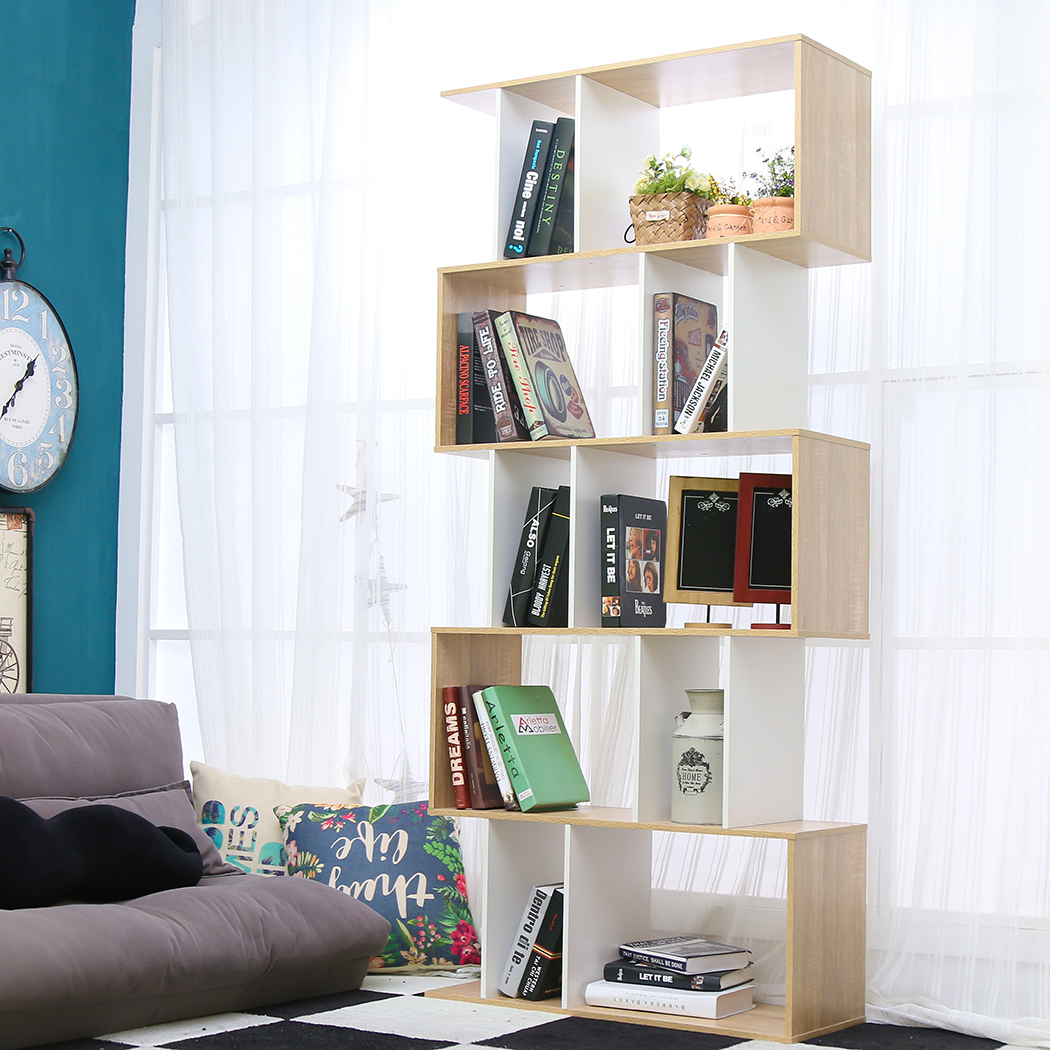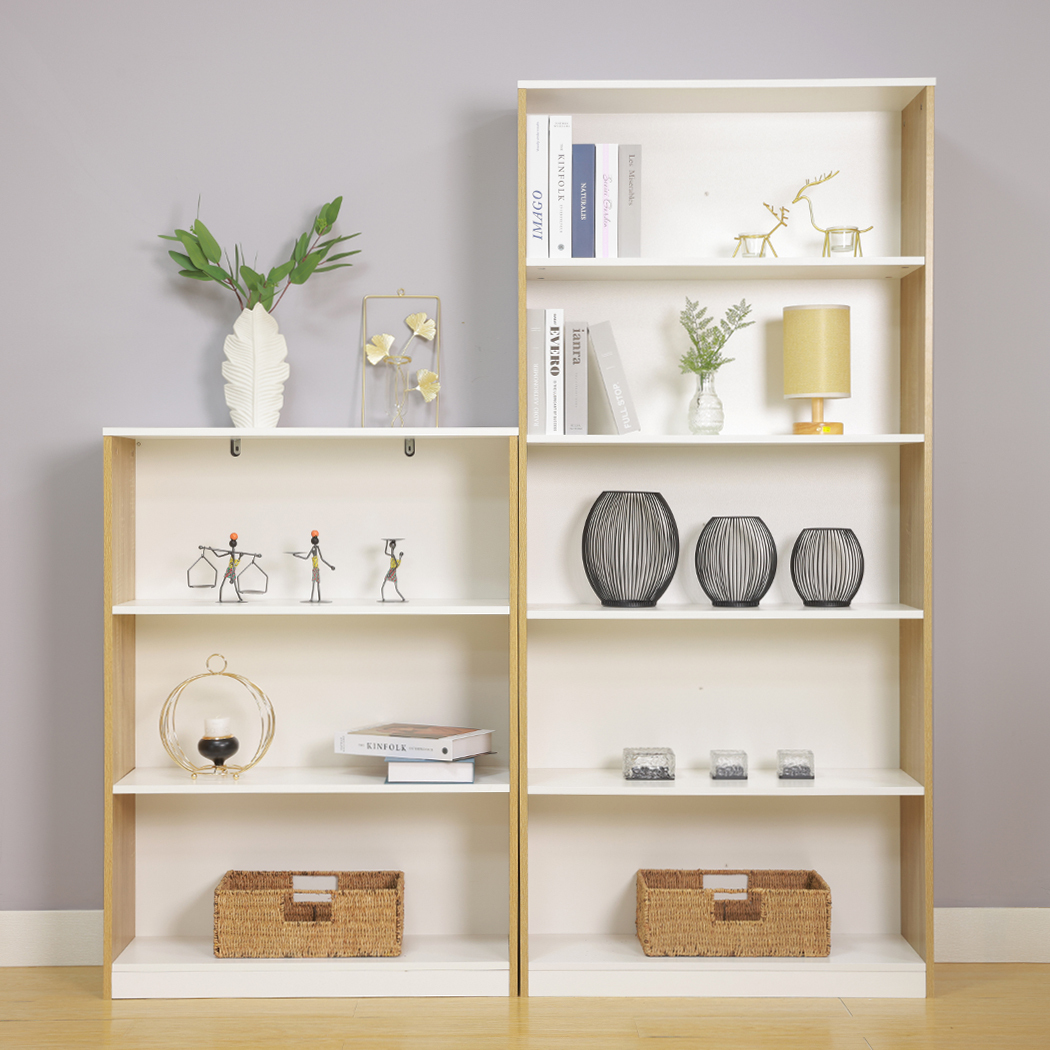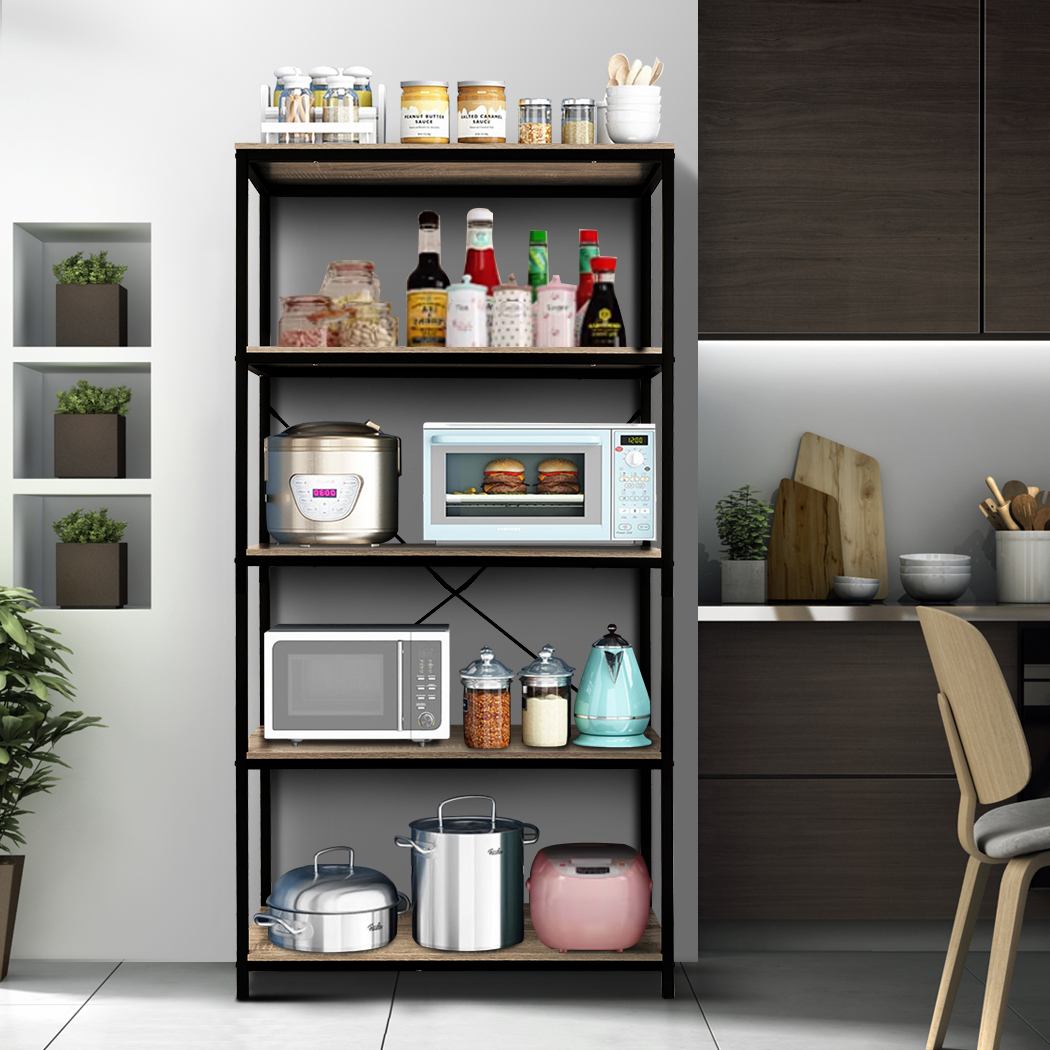Date Posted:16 May 2022
Attaching your standing bookshelf to the wall is vital if you don't want it tipping over, especially if you live in a seismic area. The situation becomes trickier if you have a narrow bookshelf that's tall and unstable.
A modern bookshelf that's tall and narrow is even more dangerous because of its design and the combined weight of all the books it holds. You could use furniture safety straps to secure them; however, you may need something more secure if the shelves are too heavy to move.

You could stabilize your bookshelf to your solid wall using corner brackets; however, using these requires drilling holes onto the side unit or under one of the shelves. You could also use furniture safety straps to avoid drilling any holes. You could secure the straps to the wall and glue pieces of velcro to the unit. Next, you'll press the strap to the Velcro strip.
Your third option should be securing your shelf to the wall using metal strapping. Metal strapping requires you to drill holes into the bookshelf. However, if you want to avoid drilling holes altogether, you could insert shims under the bookshelf's front feet and make it lean slightly backward.

This option is preferable if you don't want to damage your bookshelf.
Begin by emptying and pulling your bookcase from the wall and measuring its width and height. Next, you should use the quackehold guide to know how many nylon straps you'll need depending on their height and width.
Screwing into studs is safer than wall anchors, especially if your bookcase is heavy. The best way to find studs is using electronic stud finders. You'll need to turn the electronic stud finder on and run the device along your wall. Mark all places where the meter signs a stud's presence or where the light goes on.
Studs are separated by 16 inches in most modern houses, and you could find the others using a tape measure. However, this spacing may vary if you have plaster walls. Thus, you'll need to find each separately.
It would be best to line up the nylon strap to the stud mark placed on the wall. Ensure that the stud mark lines up halfway through the strap giving it enough room to attach to the bookshelf.

Metal braces are more secure than velcro straps; however, they require you to drill into the bookshelf. Metal braces are better if you own a huge bookshelf and live in a location that experiences lots of seismic activity.
Note: You should install wall anchors if you can't find any studs. You'll need to drill a pilot hole into your wall and install the wall anchor. Next, you should align the brackets, then drill using three-inch screws.
Securing your bookshelf to the wall is critical if you live in areas that receive seismic activity. It's even more vital if you have young children. Take these measures to avoid any accidents and ensure your bookshelf is secure.